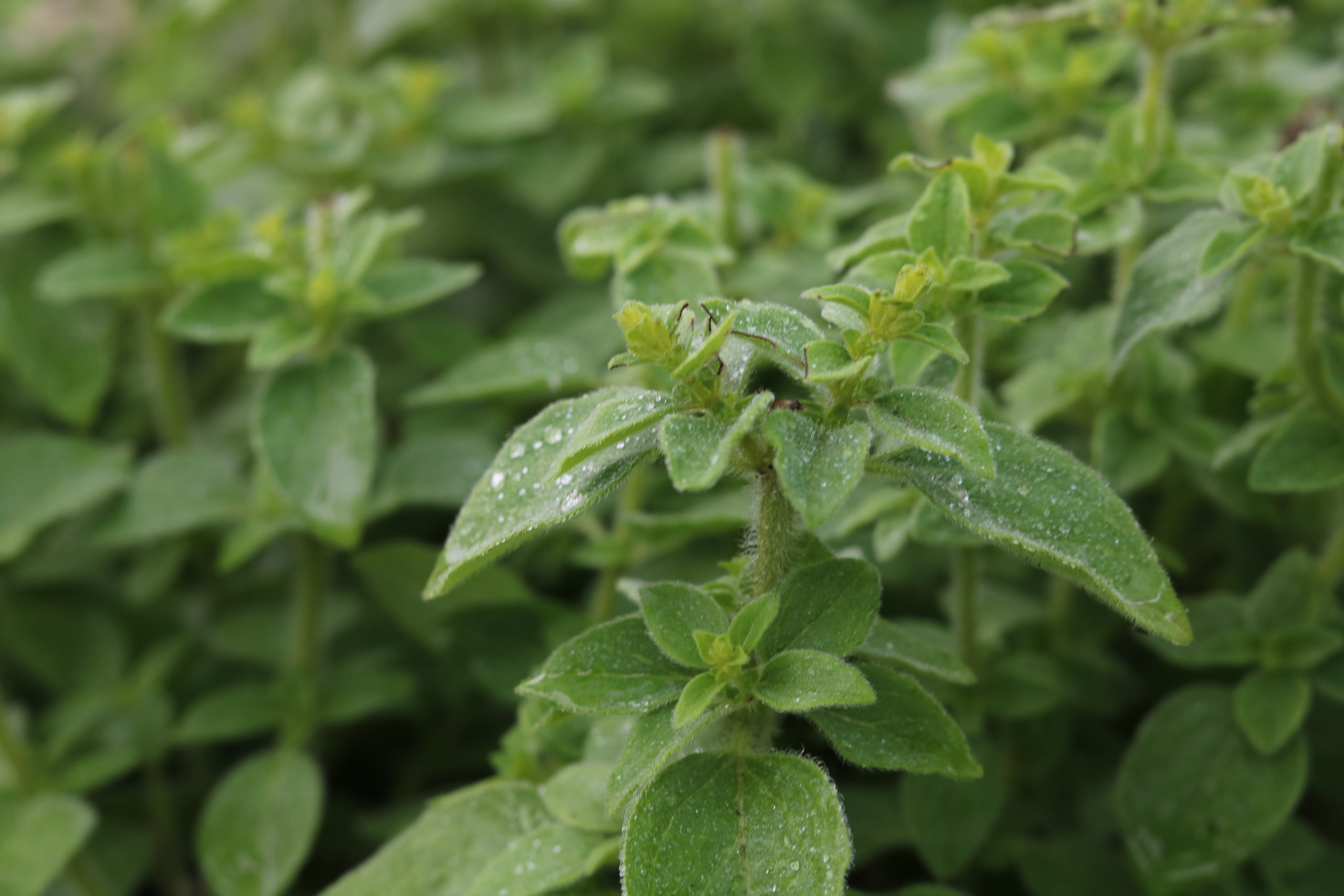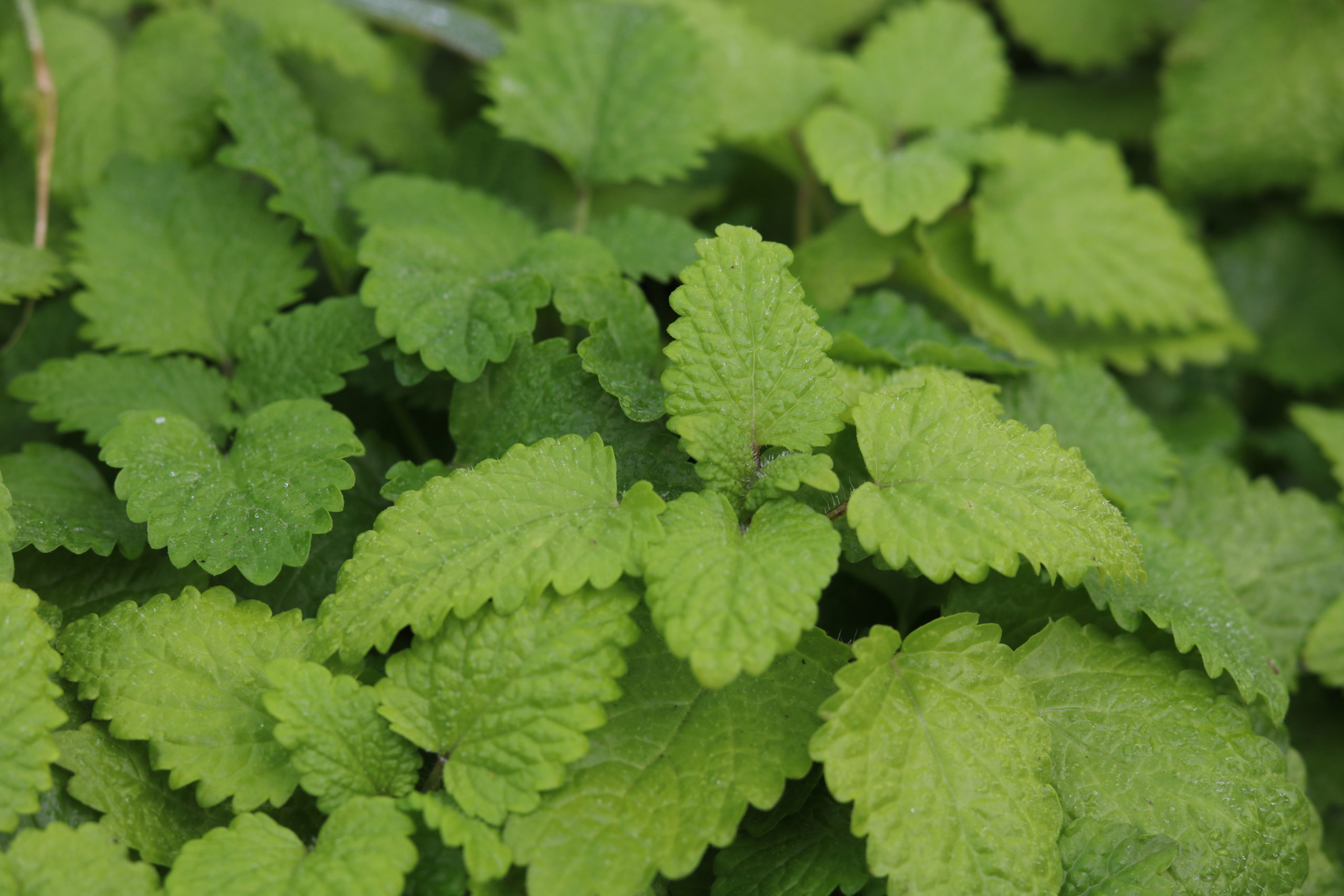





Why bother growing herbs? Flavor. Everything we taste is controlled by our nose. Well-flavored food draws you in before you even pick up the fork. Herbs are the enemy of bland food, and FRESH herbs are king. Once you’ve cooked with the fresh stuff, there’s no going back! Chopped oniony chives on potatoes, crushed mint in a cold drink, every savory flavor you need for homemade pizza – and so much more. Drying and freezing your harvest lets you enjoy these flavors well into winter. When it comes to prolific varieties, you’ll have your own giant jars on the shelf in no time – saving you a bit at the store.
Jumping into at-home herbalism may seem daunting. Maybe you’ve cried over dead, blackened basil, or drowned your rosemary. Fear not! We’ve compiled a list for you of “Black Thumb” friendly herbs that (nearly) guarantee success in Wisconsin. Short of an apocalypse, snow in July, or a neighbor with a flamethrower.
A few practical notes: before tossing plants into the stewpot, it is important to have complete confidence and know what you’re eating. Label your herbs when you plant them! Don’t start eating weeds unless and until you are confident in your ability to tell one from another. Be mindful of chemical usage and runoff (emptying pools, washing the car). Keep your herbs clean so you can enjoy them.
Also VERY important to remember: when a plant is rugged, drought-tolerant, and nearly invincible, it is not easy to eradicate from your yard once established. Make sure you are deliberate when you plant these herbs. If you’re not ready for that kind of commitment, you can grow most of these in LARGE containers – but they will not come back year after year.
Refreshing flavor in an AGGRESSIVELY spreading perennial! Plant your mint in a large container if you don’t want it to spread across the yard. All mints are rich in Vitamin C and beta-carotene! Good stuff.
A hardy perennial herb in the onion family. Varieties include Garlic Chives, Onion Chives, and plain old Chives. Depending on your personal flavor preferences, most chive varieties can be used interchangeably. A clump of chives can live for years, but the center tends to die out if it is not harvested heavily. To avoid this, dig up your chive plant every few years – pull apart the tangled clump, and replant a few small clumps. They will rebound with a vengeance and then you’ll have ten times as many chives in now time at all.
This plant has a rich history of use in Wisconsin, and your sinuses will thank you for adding it to your garden! Not only is horseradish easy to grow, the mature plants are tall, attractive, and exotic looking. From a health perspective, this potent plant is rich in Vitamin C and has warming, antiseptic properties. Horseradish needs to be planted in the ground, with room to grow long roots. Give it ROOM, as it will spread as the years go by. To harvest: young leaves can be eaten throughout the season. Young, tender leaves make a spicy addition to mixed green salads.
To make horseradish paste:
It’s pizza time! There’s no substitute for the distinct aroma and flavor of this tough herb, and it adds a richness to nearly every type of tomato-based meat dish. Oregano prefers full sun and very well drained spots – don’t plant this herb where it’s soggy or mucky. In a good spot, oregano can grow to over a foot in height. Fresh leaves can be used at any time. It’s best to harvest the entire plant when flowers begin to open: cut the stems all the way to the ground, and dry or freeze for long term storage and continued use.
Want to feed some bees? The Greek name for this herb literally translates as “Bee Leaf”, and it hums with pollinator activity when in bloom. Honey made from bees feeding on lemon balm flowers is especially flavorful. A clean, citrus-fresh smell comes from crushing the leaves. Fresh leaves can be used in salads, cold drinks, and teas.
Flavor is brightest and sweetest before the plant flowers, but leaves can be used until frost. Good for adding a lemony bite to fruit pies and syrups. Especially good added to fresh iced tea, or combine with chamomile for a hot brew. This herb spreads (only slightly less aggressively than mint), can grow to 24” tall if space permits, and can also self-seed. To maximize your harvest, pinch off flowering stems throughout summer to encourage more leafy growth. Cut down the entire plant at the end of the summer, and dry for tea.
Retail Hours
Sun: 10:00am - 3:00pm
Mon: CLOSED
Tue: 9:00am - 6:00pm
Wed: 9:00am - 6:00pm
Thu: 9:00am - 6:00pm
Fri: 9:00am - 6:00pm
Sat: 9:00am - 4:00pm